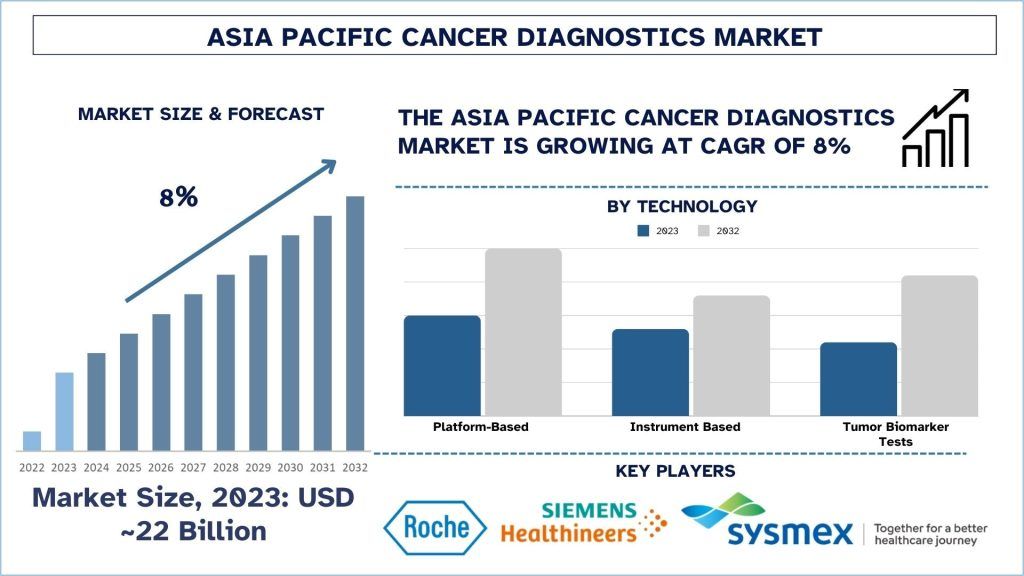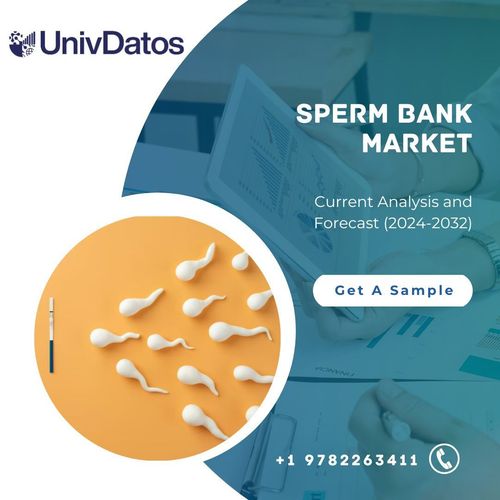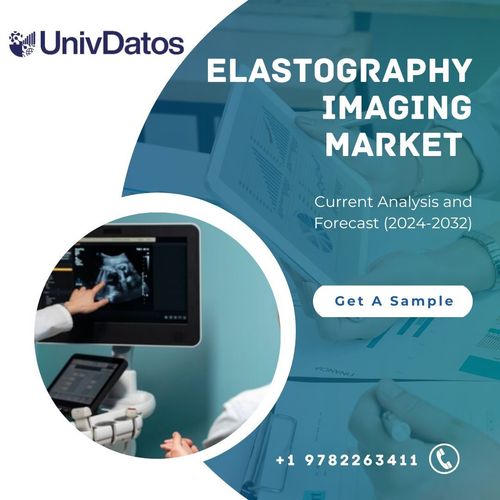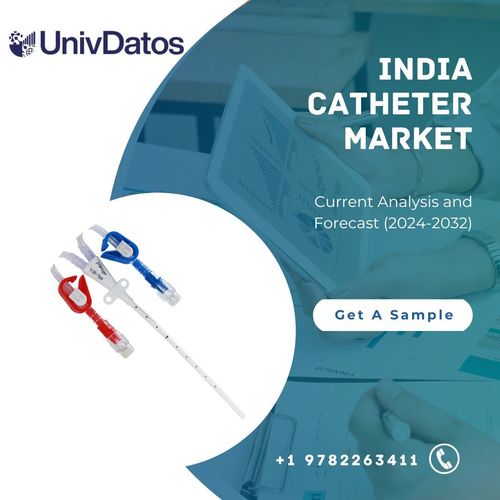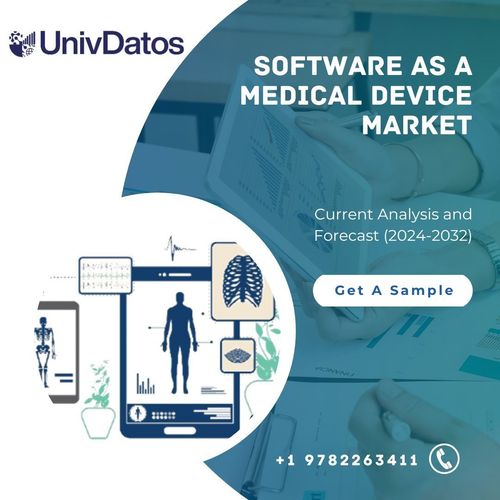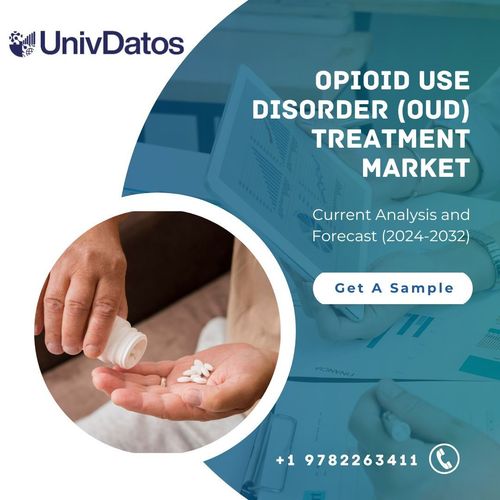Asia-Pacific Cancer Diagnostics Market: Current Analysis and Forecast (2024-2032)
Emphasis on Application (Blood Cancer, Lung Cancer, Colorectal Cancer, Prostate Cancer, Breast Cancer, Cervical Cancer, others); Diagnostic Type (Lab Testing, Genetic Testing, Imaging Testing, Biomarkers Testing, In Vitro Diagnostic Testing, Biopsy, Others); Technology (Platform-Based, Instrument Based, Tumor Biomarker Tests); End User (Hospitals, Cancer Research Institutes, Diagnostic Laboratories, Others) and Country
Asia Pacific Cancer Diagnostics Market Size & Forecast
The Asia Pacific Cancer Diagnostics market was valued at approximately USD 22 Billion in 2023 and is expected to grow at a robust CAGR of around 8% during the forecast period (2024-2032) owing to the growing prevalence of cancer in Asia.
Asia Pacific Cancer Diagnostics Market Analysis
The Asia-Pacific cancer diagnostics market is experiencing significant growth due to the surge in the number of endorsements for cancer screening such as blood cancer, lung cancer, colorectal cancer, prostate cancer, breast cancer, cervical cancer, and others have increased the diagnosis rate of cancer diagnostics in Asia-Pacific. Major healthcare companies are investing heavily in their products due to rising social awareness regarding cancer. For instance, in September 2022, INOVIQ Limited is developing and commercializing next-generation exosome capture tools and precision diagnostics to improve the diagnosis and treatment of cancer and other diseases. INOVIQ cancer diagnostic pipeline includes blood tests in development for earlier detection and monitoring of ovarian, breast, and other cancers. Thus, The CDx pan-cancer indication will allow the identification of cancer patients with multiple tumor genes and biomarkers to reveal the specific molecular profile of a patient’s cancer. Furthermore, the advanced technology, portability, which assesses solid tumors that are positive for neurotrophic tyrosine receptor kinase (NTRK) gene fusions and will be a desirable choice for consumers looking to perform cancer diagnoses across a wide range of diagnostic settings.
Asia Pacific Cancer Diagnostics Market Trends
This section discusses the key market trends influencing the Asia Pacific Cancer Diagnostics segments as identified by our research experts.
Hospitals Transforming Industry
Hospitals are expected to witness the highest CAGR during the forecast period. A growing number of hospitals owing to the increasing preference of patients for hospital-based procedures, availability of skilled healthcare professionals, and favorable reimbursement scenarios are contributing to the growth of the segment. The benefits associated with the hospital such as the availability of accurate diagnoses, and better alternatives which the end-users more inclined toward the hospital. The continuous development of new products and procedures is likely to strengthen the market of the segment during the forecast period.
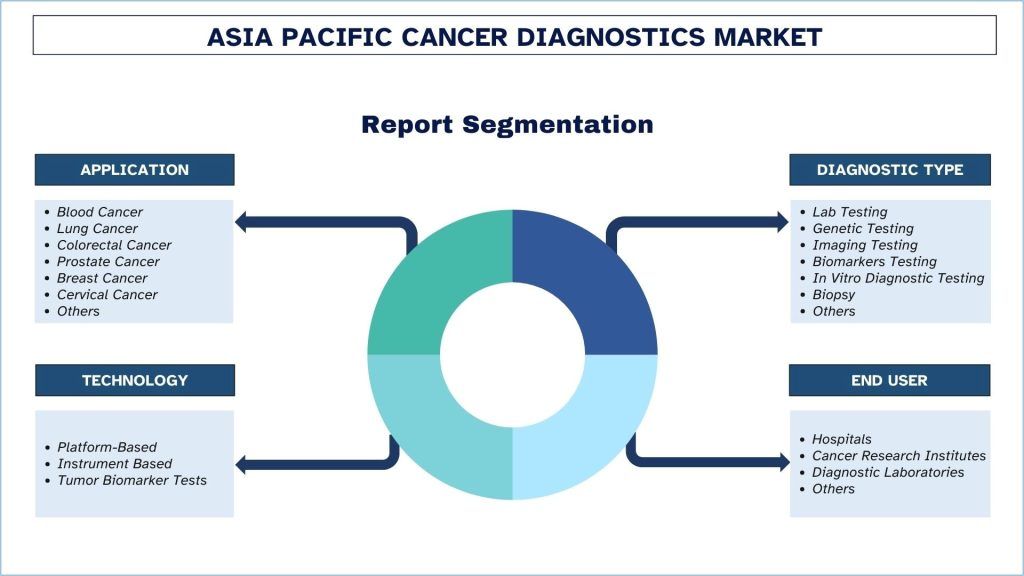
China Dominated the Market in 2023
China is expected to show the highest CAGR growth in the Asia-Pacific cancer diagnostics market. The increase in technological development in emerging economies, as well as the expansion of the healthcare industry, has contributed to the growth of the China market. China has a higher adoption rate of technologically advanced and innovative solutions for the diagnostics of cancer. The enhanced cancer awareness regarding the availability of various cancer diagnostics has propelled the growth of the market in the region. Furthermore, the increasing geriatric population new product launches, and various developmental strategies adopted by the regional market will drive market growth. For instance, in July 2020, F. Hoffmann-La Roche Ltd. launched an automated digital pathology algorithm, the uPath PD-L1 (SP263) image analysis for non-small cell lung cancer (NSCLC). The endorsement of increasing demand for cancer diagnostic awareness campaigns also significantly contributed to the considerable growth of the country.
In August 2024, AstraZeneca and Daiichi Sankyo’s Enhertu (trastuzumab deruxtecan) received conditional approval in China as a monotherapy for the treatment of adult patients with locally advanced or metastatic HER2-positive gastric or gastroesophageal junction (GEJ) adenocarcinoma who have received two or more prior treatment regimens.
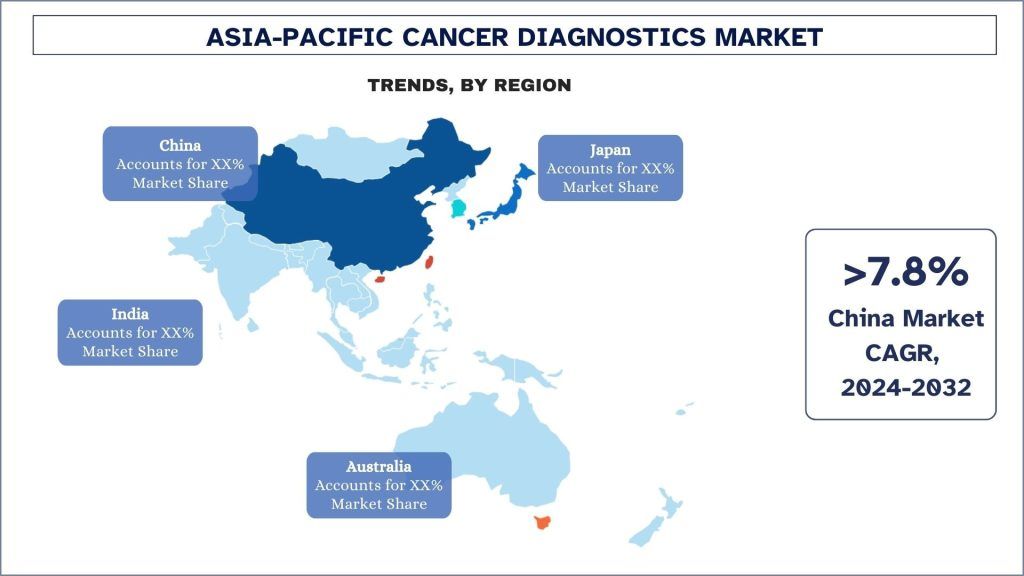
Asia Pacific Cancer Diagnostics Industry Overview
Asia Pacific Cancer Diagnostics is competitive, with several Asia-Pacific and international market players. The key players are adopting different growth strategies to enhance their market presence, such as partnerships, agreements, collaborations, new product launches, geographical expansions, and mergers and acquisitions. Some of the major players operating in the market are F. Hoffmann-La Roche Ltd, BIOMÉRIEUX, Abbott, QIAGEN, Sysmex Asia Pacific Pte Ltd, Danaher Corporation, Siemens Healthineers AG, FUJIFILM Corporation, Illumina, Inc., Agilent Technologies, Inc.
Asia Pacific Cancer Diagnostics Market News
- For instance, on Sept. 9, 2024, Roche announced the expansion of its digital pathology open environment with the integration of more than 20 advanced artificial intelligence (AI) algorithms from eight new collaborators. These strategic collaborations aim to support pathologists and scientists in cancer research and diagnosis by leveraging cutting-edge AI technology.
- On August 30, 2023, Sysmex Corporation announced that the OncoGuide NCC Oncopanel System (the “System”) is now covered by health insurance in Japan as a companion diagnostic for futibatinib,1 a treatment for unresectable biliary tract cancer2 harboring FGFR2 gene fusions3 that has progressed after chemotherapy.
Asia Pacific Cancer Diagnostics Market Report Coverage
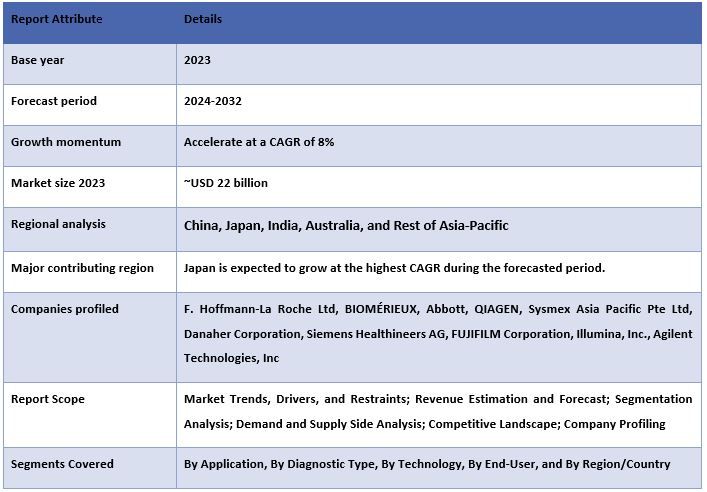
Reasons to buy this report:
- The study includes market sizing and forecasting analysis validated by authenticated key industry experts.
- The report presents a quick review of overall industry performance at one glance.
- The report covers an in-depth analysis of prominent industry peers with a primary focus on key business financials, product portfolios, expansion strategies, and recent developments.
- Detailed examination of drivers, restraints, key trends, and opportunities prevailing in the industry.
- The study comprehensively covers the market across different segments.
- Deep dive regional level analysis of the industry.
Customization Options:
Asia Pacific Cancer Diagnostics can further be customized as per the requirement or any other market segment. Besides this, UMI understands that you may have your own business needs; hence, feel free to connect with us to get a report that completely suits your requirements.
Table of Contents
1. Market Introduction
- Market Definitions
- Limitation
- Stakeholders
- Currency used in Report
2. Research Methodology Or Assumption
- Research Process of the Asia Pacific Cancer Diagnostics Market
- Research Methodology of the Asia Pacific Cancer Diagnostics Market
- Respondent Profile
3. Executive Summary
- Industry Synopsis
- Segmental Outlook
- Market Growth Intensity
- Regional Outlook
4. Market Dynamics
- Drivers
- Opportunity
- Restraints
- Trends
- PESTEL Analysis
- Demand Side Analysis
- Supply Side Analysis
- Merger & Acquisition
- Investment Scenario
- Industry Insights: Leading Startups and Their Unique Strategies
5. Pricing Analysis
- Price Influencing Factors
6. Asia Pacific Cancer Diagnostics Market Revenue (usd Bn), 2022-2032f
- ASIA PACIFIC CANCER DIAGNOSTICS MARKET REVENUE (USD BN), 2022-2032F
7. Market Insights By Application
- Blood Cancer
- Lung Cancer
- Colorectal Cancer
- Prostate Cancer
- Breast Cancer
- Cervical Cancer
- Others
8. Market Insights By Diagnostic Type
- Lab Testing
- Genetic Testing
- Imaging Testing
- Biomarkers Testing
- In Vitro Diagnostic Testing
- Biopsy
- Others
9. Market Insights By Technology
- Platform-Based
- Instrument Based
- Tumor Biomarker Tests
10. Market Insights By End User
- Hospitals
- Cancer Research Institutes
- Diagnostic Laboratories
- Others
11. Market Insights By Country
- China
- Japan
- India
- Australia
- Rest of Asia-Pacific
12. Value Chain Analysis
- List of Market Participants
13. Competitive Landscape
- Competition Dashboard
- Competitor Market Positioning Analysis
- Porter Five Forces Analysis
14. Company Profiles
- F. Hoffmann-La Roche Ltd
- Company Overview
- Key Financials
- SWOT Analysis
- Product Portfolio
- Recent Developments
- BIOMÉRIEUX
- Abbott
- QIAGEN
- Sysmex Asia Pacific Pte Ltd
- Danaher Corporation
- Siemens Healthineers AG
- FUJIFILM Corporation
- Illumina, Inc.
- Agilent Technologies, Inc.
- F. Hoffmann-La Roche Ltd
15. Acronyms & Assumption
- ACRONYMS & ASSUMPTION
16. Annexure
- ANNEXURE
Research Methodology for the Asia Pacific Cancer Diagnostics Market Analysis (2022-2032)
Analyzing the historical market, estimating the current market, and forecasting the future market of the Asia Pacific Cancer Diagnostics market were the three major steps undertaken to create and analyze the adoption of Asia Pacific Cancer Diagnostics in major regions. Exhaustive secondary research was conducted to collect the historical market numbers and estimate the current market size. Secondly, numerous findings and assumptions were taken into consideration to validate these insights. Moreover, exhaustive primary interviews were also conducted, with industry experts across the value chain of the Asia Pacific Cancer Diagnostics market. Post assumption and validation of market numbers through primary interviews, we employed a top-down/bottom-up approach to forecasting the complete market size. Thereafter, market breakdown and data triangulation methods were adopted to estimate and analyze the market size of segments and sub-segments of the industry. Detailed methodology is explained below:
Analysis of Historical Market Size
Step 1: In-Depth Study of Secondary Sources:
A detailed secondary study was conducted to obtain the historical market size of the Asia Pacific Cancer Diagnostics market through company internal sources such as annual reports & financial statements, performance presentations, press releases, etc., and external sources including journals, news & articles, government publications, competitor publications, sector reports, third-party database, and other credible publications.
Step 2: Market Segmentation:
After obtaining the historical market size of Asia Pacific Cancer Diagnostics, we conducted a detailed secondary analysis to gather historical market insights and share for different segments & sub-segments for major regions. Major segments are included in the report, such as application, diagnostic type, technology, end-user, and country. Further country-level analyses were conducted to evaluate the overall adoption of testing models in that region.
Step 3: Factor Analysis:
After acquiring the historical market size of different segments and sub-segments, we conducted a detailed factor analysis to estimate the current market size of the Asia Pacific Cancer Diagnostics market. Further, we conducted factor analysis using dependent and independent variables such as application, diagnostic type, technology, end-user and Asia Pacific Cancer Diagnostics regions. A thorough analysis was conducted of demand and supply-side scenarios considering top partnerships, mergers and acquisitions, business expansion, and product launches in the Asia Pacific Cancer Diagnostics market sector across the globe.
Current Market Size Estimate & Forecast
Current Market Sizing: Based on actionable insights from the above three steps, we arrived at the current market size, key players in the Asia Pacific Cancer Diagnostics market, and market shares of the segments. All the required percentage shares split, and market breakdowns were determined using the above-mentioned secondary approach and were verified through primary interviews.
Estimation & Forecasting: For market estimation and forecast, weights were assigned to different factors including drivers & trends, restraints, and opportunities available for the stakeholders. After analyzing these factors, relevant forecasting techniques i.e., the top-down/bottom-up approach were applied to arrive at the market forecast for 2032 for different segments and sub-segments across the major markets. The research methodology adopted to estimate the market size encompasses:
- The industry’s market size, in terms of revenue (USD) and the adoption rate of the Asia Pacific Cancer Diagnostics across the major markets domestically
- All percentage shares, splits, and breakdowns of market segments and sub-segments
- Key players in the Asia Pacific Cancer Diagnostics in terms of products offered. Also, the growth strategies adopted by these players to compete in the fast-growing market
Market Size and Share Validation
Primary Research: In-depth interviews were conducted with the Key Opinion Leaders (KOLs), including Top Level Executives (CXO/VPs, Sales Head, Marketing Head, Operational Head, Regional Head, Country Head, etc.) across major regions. Primary research findings were then summarized, and statistical analysis was performed to prove the stated hypothesis. Inputs from primary research were consolidated with secondary findings, hence turning information into actionable insights.
Split of Primary Participants in Different Regions
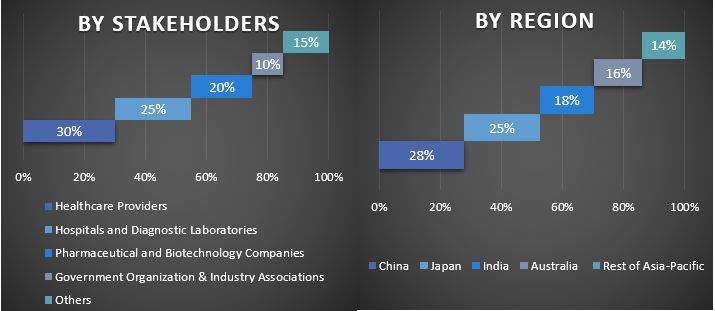
Market Engineering
The data triangulation technique was employed to complete the overall market estimation and to arrive at precise statistical numbers for each segment and sub-segment of the Asia Pacific Cancer Diagnostics. Data was split into several segments and sub-segments after studying various parameters and trends in the application, diagnostic type, technology, end-user, and country of the Asia Pacific Cancer Diagnostics market.
The main objective of the Asia Pacific Cancer Diagnostics Market Study
The current & future market trends of the Asia Pacific Cancer Diagnostics were pinpointed in the study. Investors can gain strategic insights to base their discretion for investments on the qualitative and quantitative analysis performed in the study. Current and future market trends determined the overall attractiveness of the market at a regional level, providing a platform for the industrial participant to exploit the untapped market to benefit from a first-mover advantage. Other quantitative goals of the studies include:
- Analyze the current and forecast market size of the Asia Pacific Cancer Diagnostics market in terms of value (USD). Also, analyze the current and forecast market size of different segments and sub-segments.
- Segments in the study include areas of application, diagnostic type, technology, end-user, and country.
- Define and analyze the regulatory framework for the Asia Pacific Cancer Diagnostics
- Analyze the value chain involved with the presence of various intermediaries, along with analyzing customer and competitor behaviors of the industry.
- Analyze the current and forecast market size of the Asia Pacific Cancer Diagnostics market for the major regions.
- Major regions studied in the report include China, Japan, India, Australia, and Rest of Asia-Pacific
- Company profiles of the Asia Pacific Cancer Diagnostics market and the growth strategies adopted by the market players to sustain in the fast-growing market.
- Deep dive regional level analysis of the industry
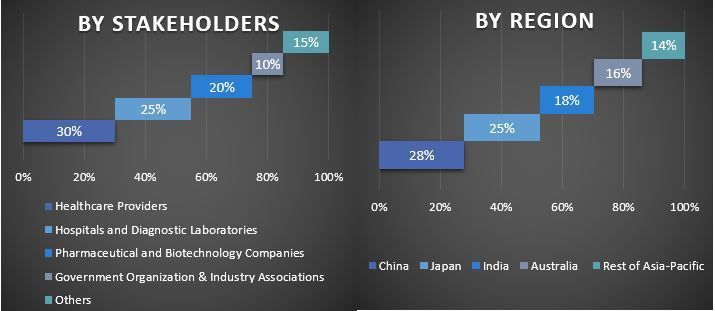
You can also purchase parts of this report. Do you want to check out a section wise
price list?
Frequently Asked Questions FAQs
Q1: What is Asia Pacific Cancer Diagnostics current size and growth potential?
Q2: What are the driving factors for the growth of Asia Pacific Cancer Diagnostics?
Q3: Which segment has the largest share of Asia Pacific Cancer Diagnostics by application?
Q4: What are the emerging technologies and trends in Asia Pacific Cancer Diagnostics?
Q5: Which region will dominate the Asia Pacific Cancer Diagnostics Market?
Related Reports
Customers who bought this item also bought

